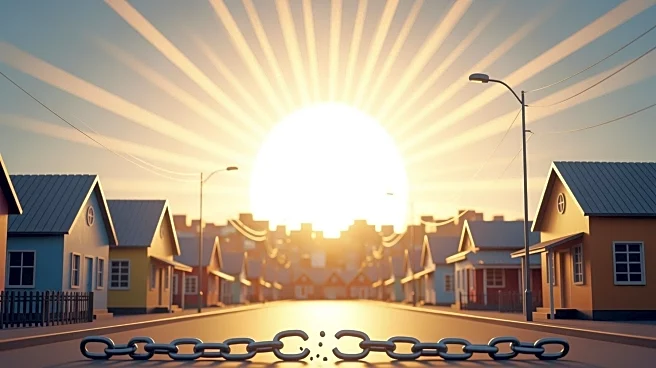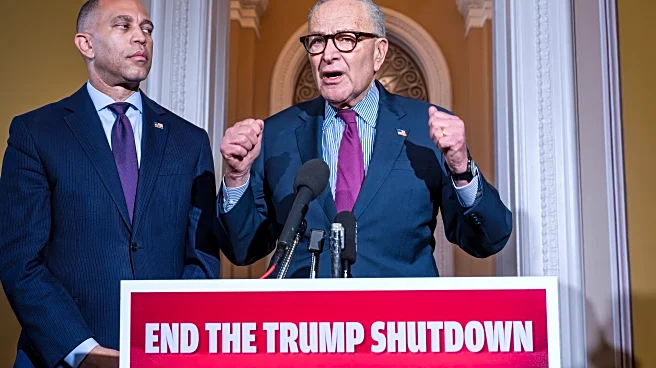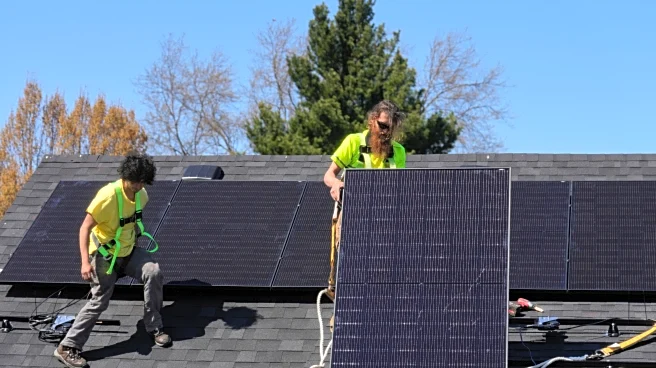What's Happening?
Daylight saving time in the United States is set to end on Sunday, November 2, 2025, when clocks will be turned back one hour at 2 a.m. Despite the unanimous approval of the Sunshine Protection Act by the U.S. Senate in 2022, there is no permanent end to the time change
in sight. President Trump has expressed a desire to eliminate daylight saving time, but this requires congressional approval. Currently, Hawaii and most of Arizona are the only states that do not observe daylight saving time. The practice of turning clocks forward an hour in March and back in November has been a longstanding tradition, with some states advocating for year-round daylight saving time.
Why It's Important?
The continuation of daylight saving time affects various aspects of American life, including sleep patterns, health, and economic activities. The potential elimination of daylight saving time could lead to significant changes in daily routines and business operations. President Trump's support for ending the practice reflects a broader debate on its relevance and impact. While some states have passed measures in favor of year-round daylight saving time, the lack of congressional approval means the status quo remains. The ongoing discussion in Congress highlights the complexity of changing a practice that has been in place for decades.
What's Next?
The future of daylight saving time in the U.S. remains uncertain as discussions continue in Congress. President Trump has been urging Congress to approve the elimination of daylight saving time, but the issue remains divisive. If Congress decides to act, it could lead to a permanent change in how time is observed across the country. States that have advocated for year-round daylight saving time may push for further legislative action. The debate is likely to continue, with stakeholders from various sectors weighing in on the potential impacts of such a change.
Beyond the Headlines
The debate over daylight saving time touches on deeper issues such as the urban-rural divide and the balance between tradition and modernity. Historically, farmers have opposed daylight saving time, arguing that it benefits office workers more than those in agriculture. The controversy highlights differing priorities between rural and urban communities. Additionally, research has linked the time change to health issues like increased car crashes and heart attacks, adding another layer to the discussion. The potential elimination of daylight saving time could lead to a reevaluation of how time is managed in the U.S.
















